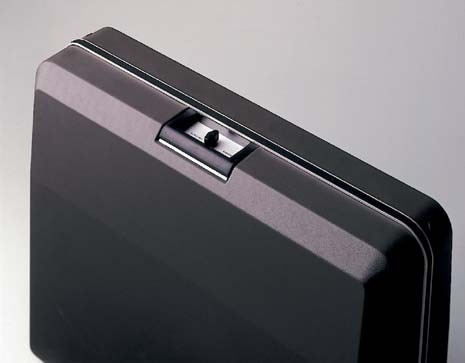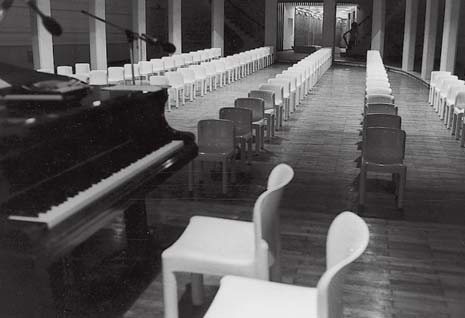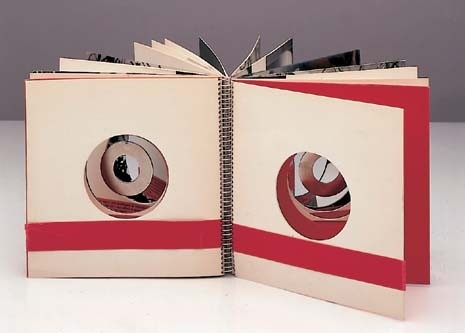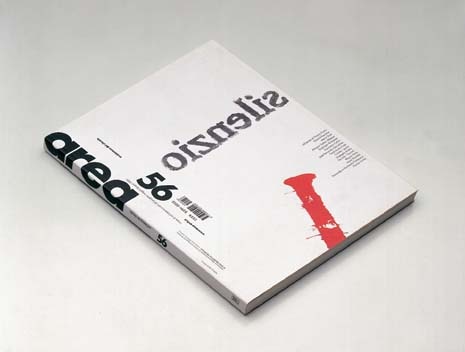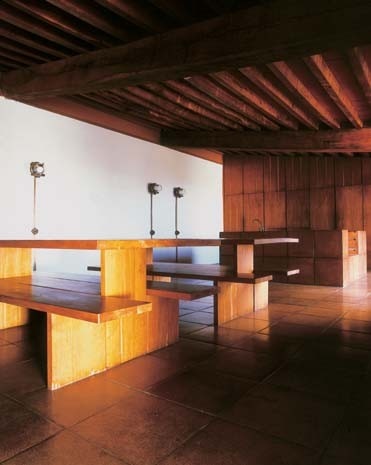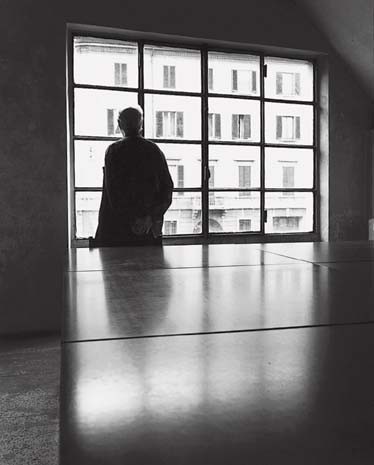AG Fronzoni died at 5 p.m. on the afternoon of Friday, February 8, at his home in Milan opposite the gardens of Leonardo. On March 5 he would have been 79. On February 27, at 5 p.m., he was remembered in a memorial ceremony as someone who had sought beauty. On March 9, 60 of his students gathered to share his memory. He would have been pleased to know that the way he concluded his life, regretting nothing until the end, did not go unmarked. Silent and unnoticed. Furious and genteel, almost Tuscan, one might say.
Fronzoni, born in Pistoia in 1923, arrived in Milan during the post-war years. His professional career embraced various design realms. He designed museum installations, objects and clothing. He lived and worked alongside the great names in the field from the second half of the last century. He never wanted recognition for anything specific other than being a designer.
An outsider to Milan himself, he delighted, when introducing acquaintances, in proclaiming their place of origin, attached as an adjective to their vocation, as if that were the key to their mystery. He began his professional career in 1949 and lectured for 20 years at the Umanitaria in Milan, the Monza Art Institute, the Senior Institute for the Art Industry in Urbino and the Milan Institute for visual communication before he opened his own workshop-school in 1982. His courses were biennial and the subjects ranged from “how to sit at a table” to the acquaintance of architecture. He was familiar with the architecture of Giuseppe Terragni and dreamed of Mies. His teaching method was learning by working.
When asked what was taught at his school, he would reply: to design in 2D and 3D. Courses included graphic design concepts and reading the newspaper. He would focus, for example, on items such as: ‘The Pope blesses the latest Ferrari produced at Maranello’s factory’, comments on the photo included. His students heard about the school by word of mouth. His courses were never advertised, and those who entered were in their 20s, generally foreigners.
As usual in Fronzonian issues, every event had a dual quality, casual and unequivocal, functional and abstract, all arising from necessity, brandishing total freedom of choice. Each action was subjected to provocation, which in itself was cause for meditation, an exercise he practised constantly and through which he filtered each mundane gesture. He regarded everything as valid material for design analysis. That was his utopia. He loved the language and ideas of Buckminster Fuller. Both had arrived from the world of typography and signs. When Fronzoni spoke of him, Leonardo da Vinci came to mind. Leonardo da Vinci, he said: ‘He died in the French court designing urban plans; architecture is the embracing mother but nowadays cross-disciplinary action emerges above all; that is the most up-to-date image’.
At an early age he became a socialist and came to understand its infinite field of application. He understood where he had started from, individually and collectively, and he formed a clear idea of where he should be heading, personally and collectively. He declared with resignation that the Bauhaus had never come to Italy. The lyricism of his work as a graphic designer evoked the output of the artists in concrete and visual poetry of the 1950s and 60s. ‘One has to lay one’s hands on the warm body of poetry’, he suggested. In line with the peak of classical tradition, he conceived education as training in the act of thinking, and thinking as an introduction to knowledge. In his workshop/school, little attention was paid to technique, although his ‘instructions on the human being’ were specific and cutting. Referring to his own origins: ‘I come from the working realm’ he insisted, ‘the average man is ignorant, he must free himself from necessity and not fear space’.
He believed in a modernist project in which he had decided to participate from the visual arena. He had a lucid understanding of the need to distinguish, differentiate and choose. He recognised forward movement as the only possible condition. He took the risk of confusing God with man. He attributed reality with a physical value and himself, the designer, with a responsibility to transform it. He made space his material and the void a feasible practice. Form was everything. He carefully chose words like a craftsman chooses his tools, specifically, with a profound understanding of the effect. He decided to refer to reality – space – with a word: ‘Scratching it is not only possible but an obligation’. He was a politician in that sense.
With his roots in the post war generation, he adhered to rationalism and the city. He was passionate about the construction of persons.
He excluded certain strands of logic from his rationalism and forecasted within the labyrinth some cul-de-sacs: the accumulation of everything that was not knowledge, the immorality of waste, personal accumulation of wealth as a goal. He planned to oppose the latter by exaggerating, challenging it without recurring to indifference and denouncing its vulgarity with Christian devilry and Eastern parsimony. ‘I managed to do it’ he said, ‘I reached 70 without owning anything!’. His legacy: a magnificent archive which he meant for civil destination. Everything in him was naturally deliberate, from the tone of his voice to his goodness. Both deep and pedagogical, he liked to be identified as a transgressor. He achieved it through resistance rather than disobedience. He was aware of the enormous education required to practice anarchy. He saw life in black and white and all its nuances. He confessed a particular weakness for the redhead variety of the female gender. His Italian was refined and succinct. He would answer the telephone himself with a dry ‘Who’s that?’.
He declared that society should be judged by the condition of its prisons. He believed in the social more than in society. He was overwhelmingly successful with young people. Ironic, subtle and with a great sense of modesty, he was one of the rare cases of a recognised maestro who did not mystify the past. Everybody visited, went through or stopped at his workshop/school. Nobody stayed longer than necessary and nobody left to never return. Just once he sought an assistant through a newspaper advertisement. He found Myrna Cohen, recently arrived from Egypt. He trained her and they nurtured each other for 40 years. He was capable of fulfilling without creating false illusions. ‘Man’s destiny’ he would repeat, ‘is to be alone. And we should learn to afford this destiny’. The paradigm of a wise master, he warned that great ambition exacts a great price. ‘Form is beauty’, he declared, ‘and somebody has said it will save man: I am not sure if that is true, but form is useful to me, better still indispensable or better still invaluable for sending a message – a message of thought’.
The tools of his trade were geometry, the Devoto-Oli dictionary, a ruler, a triangle and a pencil. His works were concepts, not products, yet they are on display in museums like MoMA in New York, they are produced in factories like Cappellini, they are sold by companies like Valextra, they are inhabited in cities like Milan, islands like Capraia, and they are even used as corporate trademarks. The epitome of a city for him was Venice, where man and his constructions are not mediated by transportation, but rather they measure themselves with the water. He worked for Genoa and studied London. Strong elective affinities tied him to them. With the former, it was reciprocal recognition, synthesised in a political-cultural exercise, Arte-Città, from 1978 to 1984. With the latter it was admiration for the pre-conceived city. Guido Giubbini identifies him with the most highly exalted period of modern Genoese culture. He was a person who preferred religiousness to religion, the profane to the sacred. Fashion flirted with him and called him minimalist. He acknowledged that more space is needed as one grows, and that society has a duty to provide it, and when this does not happen, it is only fair to claim it.
The artist Enzo Mari said, referring to Fronzoni the graphic designer, that like some Germans he confused religion and science. Mari himself chose Fronzoni as his graphic designer when left-wing intellectuals were called on to back the Breda factory workers in 1968. The result was a poster (or rather a manifesto) designed to be a public, urban plea that plastered the streets. Mari was himself the victim of the greatest provocation: ‘Only hours before the demonstration, there was no sign of anything in the streets: somebody told me to look out the window. I saw a piece of paper measuring one metre by seventy, all white and empty. I got closer, and in tiny print in five point, I discovered a line of letters crossing the paper’. They greeted each other in the street once every day, each one believing he was familiar with the other, both involved in the same struggle, passionate, alone and parallel.
From England, the architect John Pawson regarded him as a European who reminded him of a fellow islander. ‘Before I met him, I never imagined that there could be a Western version of Shiro Kuramata: one became dazzled just by meeting him’. The language they used to communicate was silence and mutual admiration. Pawson said he was a benchmark who, like Kuramata, enjoyed denying the any glittering points in his work – English subtlety in the recognition of discretion and its irony. When from his narration begins to emerge an almost carnal Japanese, an almost Zen Italian and an almost emotional Englishman, one is surely faced with the original paradox embodied by all three.
We met and acknowledged each other. Actually, I arrived from architecture and briefly passed through the graphic arts under his guidance. Between ideas and ironies, we designed a magazine; I envisaged it as a tiny architectural piece in three dimensions and he enjoyed it; he reconstructed the contents and I admired him.
He took pleasure in outlining: ‘We haven’t been able to change the world but we certainly have been able to scratch ourselves’.
